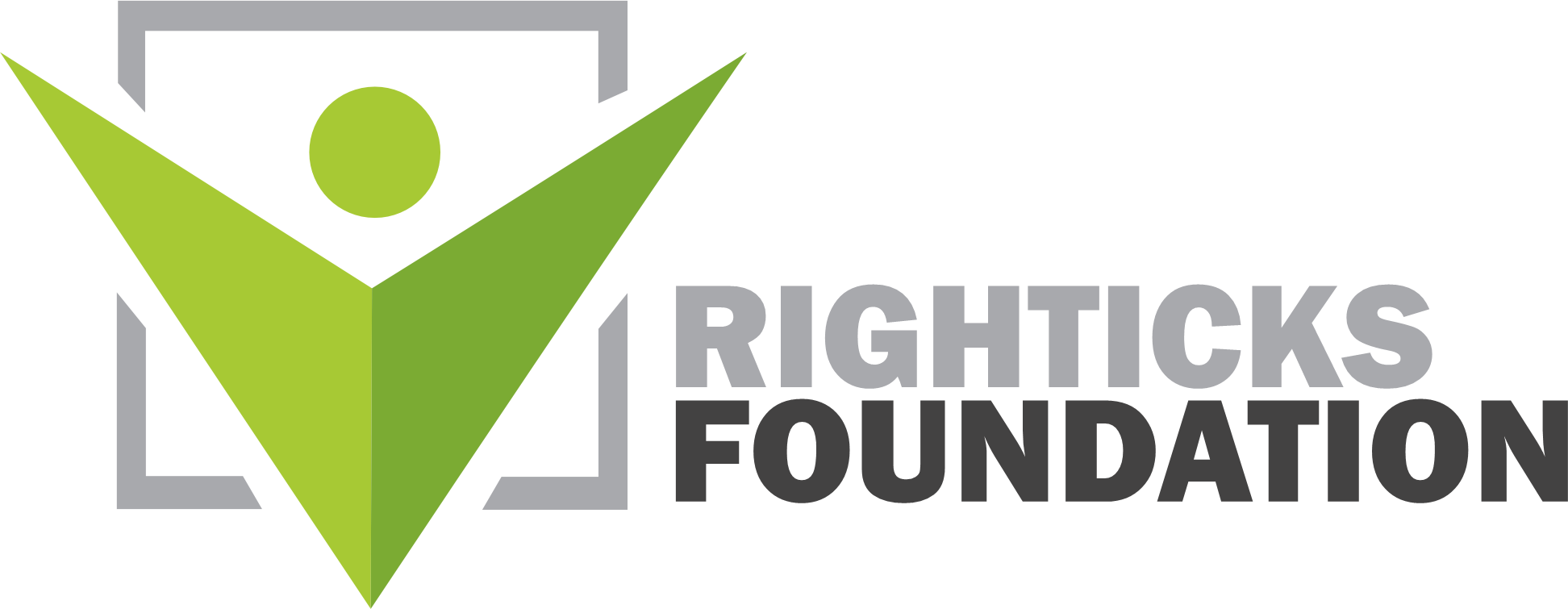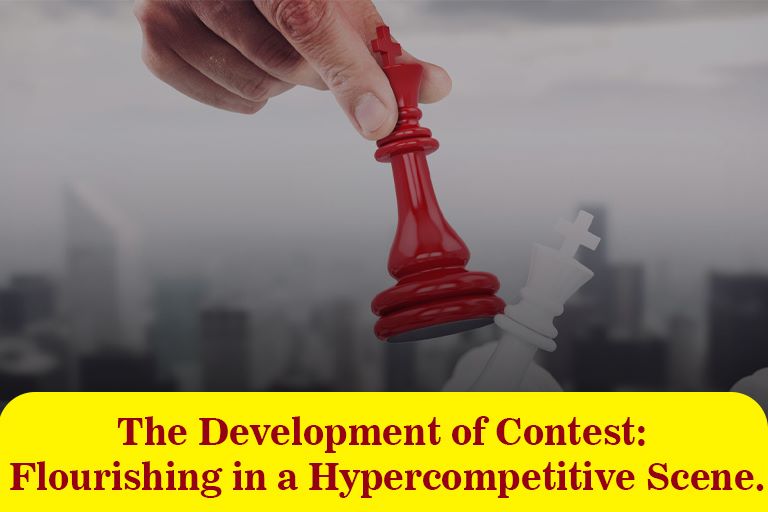Introduction:
Contest has for some time been a main impetus behind human advancement, powering development, encouraging development, and pushing people and associations to arrive at new levels. In the present quick-moving and interconnected world, the idea of the contest has gone through a huge change. We end up in a hypercompetitive scene where remaining ahead requires dexterity, versatility, and a steady drive for greatness. In this article, we will investigate the developing elements of rivalry and give bits of knowledge about how people and organizations can flourish in this new period.
1. The Ascent of Hypercompetition: Hypercompetition is described by serious contention, quick market changes, and problematic advancements. Conventional boundaries to section have decreased, empowering new players to arise and challenge laid-out industry pioneers. Globalization, digitalization, and the democratization of data have additionally sped up the speed of contest, establishing a difficult climate for organizations across all areas.
2. Embracing Persistent Development: In a hypercompetitive market, advancement is at this point not an extravagance; it is a need. Associations should continually look for ways of separating themselves and make interesting incentives. Development can take different structures, including innovative headways, process upgrades, and novel plans of action. By encouraging a culture of imagination and embracing an outlook of persistent improvement, organizations can remain on the ball and dominate their opponents.
3. Customer-Centricity as an Upper hand: In a period of overflow and decision, client experience has turned into an important milestone for organizations. The present purchasers are more seriously knowing, engaged, and vocal than at any other time. To succeed, organizations should focus on conveying extraordinary encounters that take special care of the developing necessities and inclinations of their ideal interest group. Building solid client connections, utilizing information examination, and customizing communications are fundamental procedures for winning in a hypercompetitive market.
4. Collaboration and Organizations: While rivalry might inspire pictures of foes combating it, joint effort and vital associations can be significant devices for progress. Notwithstanding complicated difficulties and quick disturbances, framing coalitions with reciprocal organizations can upgrade capacities, cultivate development, and set out new development open doors. By utilizing the qualities of numerous players, associations can altogether explore the cutthroat scene all the more real.
5. Talent as A definitive Differentiator: In a hypercompetitive world, the nature of ability inside an association can represent the moment of truth of its prosperity. Organizations should draw in and hold top ability with assorted ranges of, areas of strength for abilities settling capacities, and flexibility. Developing a culture of picking up, engaging workers, and giving learning experiences is essential in sustaining high-performing groups that can drive advancement and answer market elements quickly.
6. Embracing Dexterity and Adaptability: Fast innovative progressions and market disturbances request that associations embrace readiness and adaptability. Conventional plans of action and systems should be continually assessed and changed following stay pertinent. This incorporates embracing arising advances, taking on lean and iterative methodologies, and encouraging an authoritative outlook that embraces change and trial and error.
7. Harnessing the Force of Information and Examination: In a time of hyper-competition, information has turned into an essential resource that can give important experiences and an upper hand. Associations that can gather, examine, and influence information are better prepared to settle on informed choices, distinguish market drifts, and expect client needs. The progressed investigation, AI, and man-made consciousness are useful assets that can open secret examples and assist organizations with improving their activities, focusing on their advertising endeavors, and customizing their contributions.
8. Nurturing a Culture of Spryness and Learning: In a hypercompetitive scene, the capacity to rapidly adjust and gain from disappointments is vital. Associations should cultivate a culture that energizes trial and error, risk-taking, and gaining from botches. This incorporates advancing open correspondence, empowering cross-practical cooperation, and engaging representatives to take responsibility for work. By embracing a development outlook and embracing change, associations can remain deft and answer successfully to moving business sector elements.
9. Sustainable Upper hand: While the contest is wild, fabricating a reasonable upper hand stays fundamental for long-haul achievement. This includes recognizing and utilizing special qualities, whether it’s through protected innovation, exclusive innovation, solid brand value, or a profoundly talented labor force. A manageable upper hand goes past momentary wins and spotlights on making getting through esteem that is challenging for contenders to repeat.
10. Adapting to Administrative and International Difficulties: In a globalized commercial center, associations should explore an undeniably complicated trap of guidelines, international vulnerabilities, and exchange boundaries. Quick changes in political scenes and exchange approaches can essentially affect market elements and rivalry. To flourish in this climate, organizations need to screen and adjust to these changes, proactively oversee gambles, and distinguish potential open doors that emerge from advancing administrative and international scenes.
11. The Job of Authority in Exploring Hypercompetition: Viable administration is critical for exploring the difficulties of hyper-competition. Pioneers should have a reasonable vision, move and persuade their groups, and settle on informed key choices. They ought to cultivate a culture of trust, engage their representatives, and establish a climate that energizes development and coordinated effort. Versatile and groundbreaking pioneers who can explore vulnerability and drive extraordinary change are key in guaranteeing their associations’ outcomes in a hypercompetitive world.
12. Embracing Social and Natural Obligation: In the period of hyper-competition, partners, including clients, representatives, and financial backers, are progressively aware of the social and ecological effects of organizations. Organizations that focus on friendly obligation, supportability, and moral practices can acquire an upper hand by drawing in a dedicated client base, connecting with representatives, and being interested in socially cognizant financial backers. Embracing corporate social obligation drives, diminishing ecological impressions, and advancing straightforwardness and responsibility are fundamental parts of long-haul outcomes in the hypercompetitive scene.
Conclusion:
Contest in the hyperconnected and quickly impacting world requests a multi-layered approach. Associations should focus on friendly and natural obligation, consistently screen the market, separate their image, embrace disturbance, put resources into learning and improvement, and remain coordinated in their methodologies. By utilizing these procedures and adjusting to the developing elements of rivalry, organizations can situate themselves for long-haul outcomes in the hypercompetitive scene, encouraging development, and conveying worth to clients, partners, and society in general.

